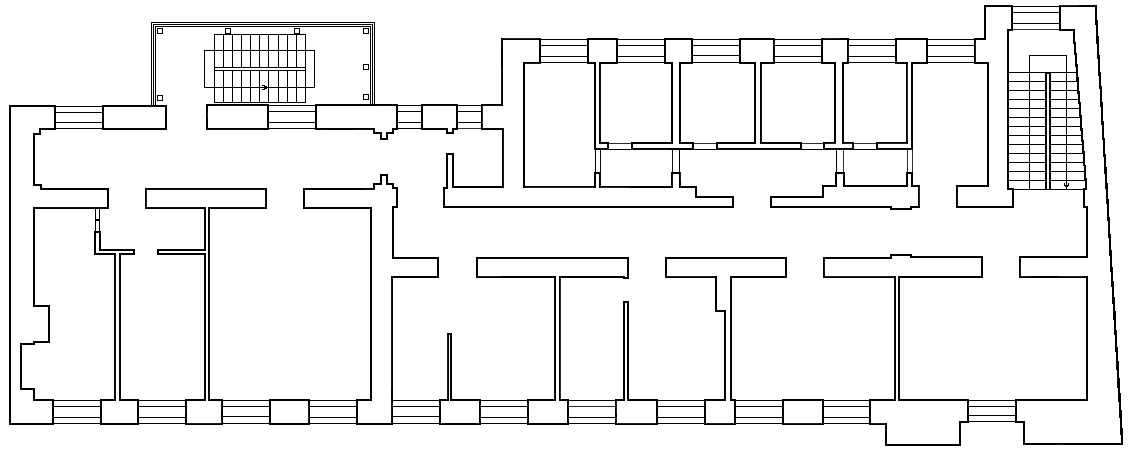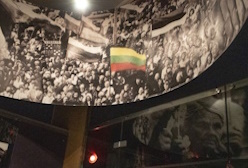Civilian anti-Soviet resistance: 1954–1991
Pupils, students and pensioners (with ID) – 3 €.
Main Information
After the suppression of the armed resistance, people continued to resist the system imposed by the Soviets. Despite constant persecution and repression, national flags were hoisted here and there, patriotic slogans were painted on the walls of buildings, and handwritten or printed proclamations appeared on the eve of national holidays, especially the Day of Independence. There were also several spontaneous youth gatherings and mass demonstrations. Passive resistance also included the copying and reproduction of banned books, the clandestine listening of foreign radio broadcasts, and the possession of banned national symbols.
Fighting for the rights of the faithful
In 1960’s and 1970’s, several directions of the anti-Soviet resistance movement emerged. One of the most important and influential was the opposition of priests and the faithful to the restriction of the activities of the Catholic Church and the violation of the rights of the faithful. Participants of the Sąjūdis movement supported priests persecuted by the Soviet authorities, collected signatures on petitions and appeals to the Soviet authorities regarding interference in the internal affairs of the Church, rebuilt crosses that had been demolished on the orders of Soviet officials, organised religious processions attracting thousands of participants, and published an underground press.
Dissident movement
In 1960’s and 1970’s, in addition to the religious trend, the national and national liberal direction of the resistance movement emerged. The representatives of the national direction gave priority to the promotion of Lithuanian identity and the preservation of national identity, and their political ideal was an independent Lithuania. One of the most prominent organisations of this direction was the Lithuanian Freedom League, founded in 1978. Representatives of the national liberal direction emphasized more human rights and freedoms and criticised the Soviet system in various aspects.
The Lithuanian Helsinki Group, established in 1976, represented various segments of the population, regardless of their religious and national differences. The Group recorded violations of human and peoples’ rights in the Soviet Union and informed the world.
National Revival movement Sąjūdis
In 1985, the Soviet Union began the process of democratisation of the state, the political system and society. From the summer of 1988, huge rallies inspired by the Sąjūdis, the Reform Movement of Lithuania, took place all over Lithuania, during which national symbols were used. On 11 March 1990, the newly elected Supreme Council of Lithuania, which included many deputies supported by the Sąjūdis, proclaimed the restoration of an independent Lithuanian state. There was still a long way to freedom, there were the victims of 13 January 1991 and Medininkai, but nothing could stop the liberation of Lithuania. On 31 August 1993 the last train carrying Russian troops left the territory of Lithuania.
Exposition Location

Exposition „Civilian anti-Soviet resistance: 1954–1991“
Location: Second floor


















